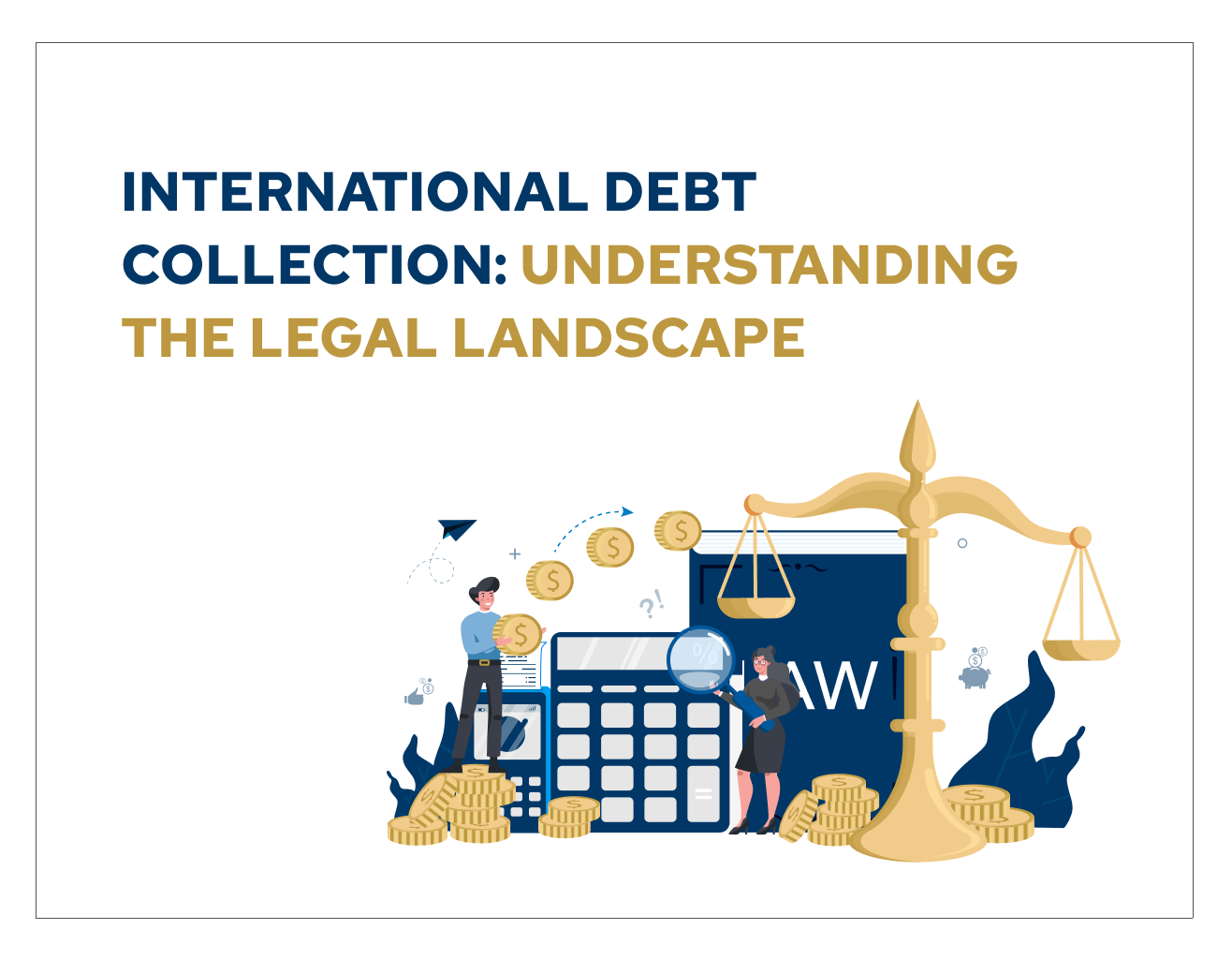Collecting debts from international customers can be a difficult task for businesses of all sizes. The process can be complex and time-consuming, and it can be difficult to navigate the different legal and cultural barriers that exist in different countries. Understanding the legal landscape is critical for businesses to effectively collect debts from international customers and protect their bottom line.
The Importance of Researching the Laws of each country
One of the most important steps in collecting debts from international customers is researching the laws of the country where the debtor is located. Each country has its own set of laws and procedures for collecting debts, and these can vary greatly from one country to another. Businesses must be familiar with the specific laws and regulations that apply to debt collection in the country where the debtor is located. This will help them to identify any potential obstacles and develop a collection strategy that is tailored to the specific legal requirements of each country.
The Hague Convention
The Hague Convention on the Law Applicable to International Debts is a treaty signed by multiple countries that aims to provide a uniform law for the recognition and enforcement of foreign judgments. This convention establishes a framework for the recognition and enforcement of judgments in civil and commercial matters between the member countries, but not all countries are members of this convention. Businesses should check whether the debtor's country is a member of this convention and if the judgement of their country is recognized in the debtor's country.
The EU Regulation on Insolvency Proceedings
The EU Regulation on Insolvency Proceedings (EIR) is a European Union regulation that applies to the proceedings for the winding up of insolvent companies or individuals. It aims to harmonize the laws of different EU member states in the area of insolvency proceedings and to make the process of cross-border insolvency proceedings more efficient. Businesses should familiarize themselves with the EIR and its implications for debt collection in EU member countries.
Litigation and Mediation
Litigation is the process of taking legal action through a court of law, and it is an option available to businesses in many countries. It is important for businesses to understand the specific litigation process of each country and the potential costs and risks associated with litigation. Mediation is another option for resolving disputes and it is a less formal and less expensive process than litigation. Businesses should consider the benefits and drawbacks of each option and choose the one that best suits their specific case.
Conclusion
Collecting debts from international customers can be a complex and challenging task. It is important for businesses to understand the legal landscape of the country where the debtor is located. By researching the laws of each country, familiarizing with the Hague Convention, EU Regulation on Insolvency Proceedings, and considering litigation or mediation, businesses can protect their bottom line and ensure that they are able to collect debts from international customers successfully.

